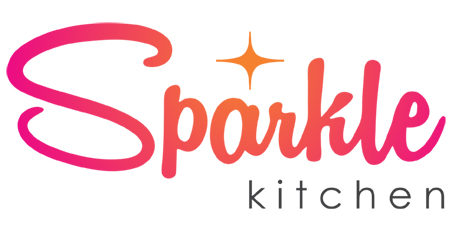Podcast: Play in new window | Download
Subscribe: RSS
Interview with Dr. Andrew Sweeney, Licensed Clinical Psychologist, specializing in Child and Adolescent Psychology, Psychological Assessment, and Animal-Assisted Therapy:
1. Let’s begin with your background and why you decided to focus on children and adolescents.
2. For many, visiting a psychologist can be an anxiety-provoking experience, especially for children. How do you create a comfortable environment in your practice?
3. Let’s talk more about the benefits of a therapy dog. What behavior changes do you see in your patients when they interact with Winnie?
4. Over your years of practice, have the emotional problems changed at all? Are anxiety and depression more prevalent now? Or is hyperactivity more common? I’m curious to know how our psychology issues align with changes in society, i.e. more technology and overstimulation. How do these differ for children and adolescents?
5. You talk about environmental factors playing a large role in emotional health. Can you explain some of these?
6. I’m not a parent but I know there are always challenging times. And I think all parents could benefit from Parent Behavior Training treatments. How do you go about strengthening those relationships? Do you mind sharing examples of some successful outcomes?
7. When we were talking before the interview, you said that you don’t give specific dietary guidelines but you do encourage more fruits/vegetables/lean protein, less fried food and sodas. What does this conversation look like with your patients? And how are your recommendations received?
Diet is quite challenging to change for kids, how do you bring this message to parents so that they may influence their kid’s choices?
8. Some studies are beginning to show a strong link between behavioral disorders such as ADHD and children’s diets. In your practice have you seen behavioral changes when certain diets are implemented? And what are your thoughts on food’s impact on behavior?
9. Where can people learn more about you and get in touch with you?
Connect with Dr. Sweeney at Basset Psychological Services
Here are some resources that Dr. Sweeney recommends:
►Parent Behavior Training
►Parent-Child Interaction Therapy
►TriHealth School-Based Behavioral Health
►We also discussed Julia Ross’ book: The Mood Cure
We love questions! Send us yours at [email protected]
Did you enjoy this podcast?
If so, please leave a review for us in iTunes and subscribe to get the latest episodes!
We are super grateful for you helping us get the word out!

